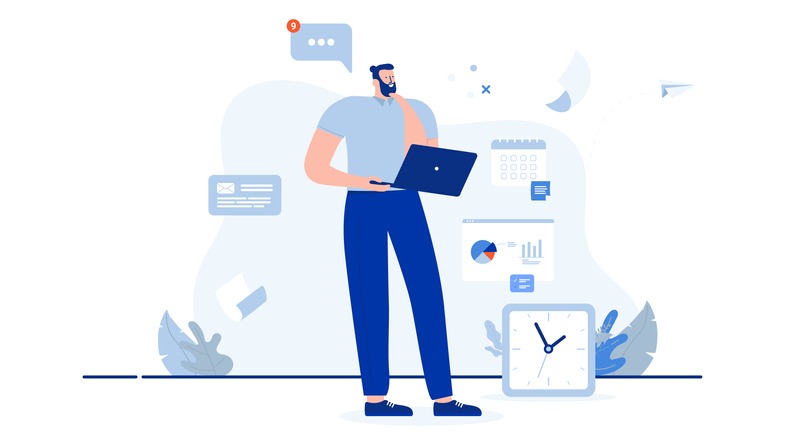
Attention is fundamental to our performance, however, according to multiple indicators, attention is in steady decline – here’s how to boost your focus
CREDIT: This is an edited version of an article that originally appeared on Forbes
It would be easy to simply blame the obvious 24/7 intrusion of mobile platforms into our daily lives. After all, clicks, downloads, likes, views, followers and shares have become a new currency of both social interaction and our digital economy.
This doesn’t just apply to our teenagers following clickbait and TL;DR culture. A 2014 Pew Research Centre survey found that 77% of employees use social media while on the job. While AI has exacerbated this trend by turning human attention into advertising revenue for decades, the latest evolution of generative AI is expected to exponentially accelerate the rate and efficacy of content seeking our attention.
In this way, declining attention does not just risk our ability to focus and perform but also the quality and longevity of our lives and our children’s lives. It has transformed from being a necessary evil of our digital age into an existential crisis for ourselves, our families and our communities.
Rather than acquiesce, business leaders can choose a different approach to the rising demands that we face each day.
First, it is important to understand how our attention works through three primary attentional states:
Focus State
This is what most people call “paying attention.” It is a state of controlled application of your attention to complete a specific task or sequence of tasks while selectively scanning for, attending to or inhibiting various internal and external stimuli.
Mindful State
This is a state of sustaining attention to present-moment experiences while inhibiting irrelevant external stimuli and dismissing tangential paths without emotional reaction and judgment. Meditation can not only temporarily enhance the ability to maintain a focus state and general mental health, but it can also reconfigure the whole-brain network architecture for long-term attentional benefits.
Distractable State
This is a state of constant attentional interruption characterised by vulnerability to inappropriate and irrelevant stimuli that attempt to draw attention away from the task at hand.
With this summary in mind, consider these suggestions business leaders can use to navigate the attention crisis.
Exercise your focus
Try setting a timer for five minutes and focus completely on a specific task you want to finish. Then take a two-minute break before resuming for another five minutes. The next day, add another five minutes to your focus sessions, with two more minutes of rest in between.
When my team employs this strategy, using dedicated focus timers (not phone timers) and building up the stamina to work for longer chunks of time, we not only see an increased output of work but also heightened creativity and quality. We found that this is an extremely easy approach to “work out” the brain and make it more focused in the long run.
Recharge your neural networks
Sleep is a critical component of recharging the brain, but so are mindfulness-habituating practices like meditation or taking walks in nature. In order to develop and sustain a focus state, it is necessary to balance that effortful work with a mindful state every day.
Evolve your digital habits
Set a timer in advance when entering a platform that is addictive for you. Try watching one video only and then selecting the next one in a totally different domain. Find ways to reduce the similarity and repetitiveness of the content you are consuming.
While it can be difficult to enforce any limit to digital/social media time in the office, the best way to create a culture like this starts with you.


Be the first to comment